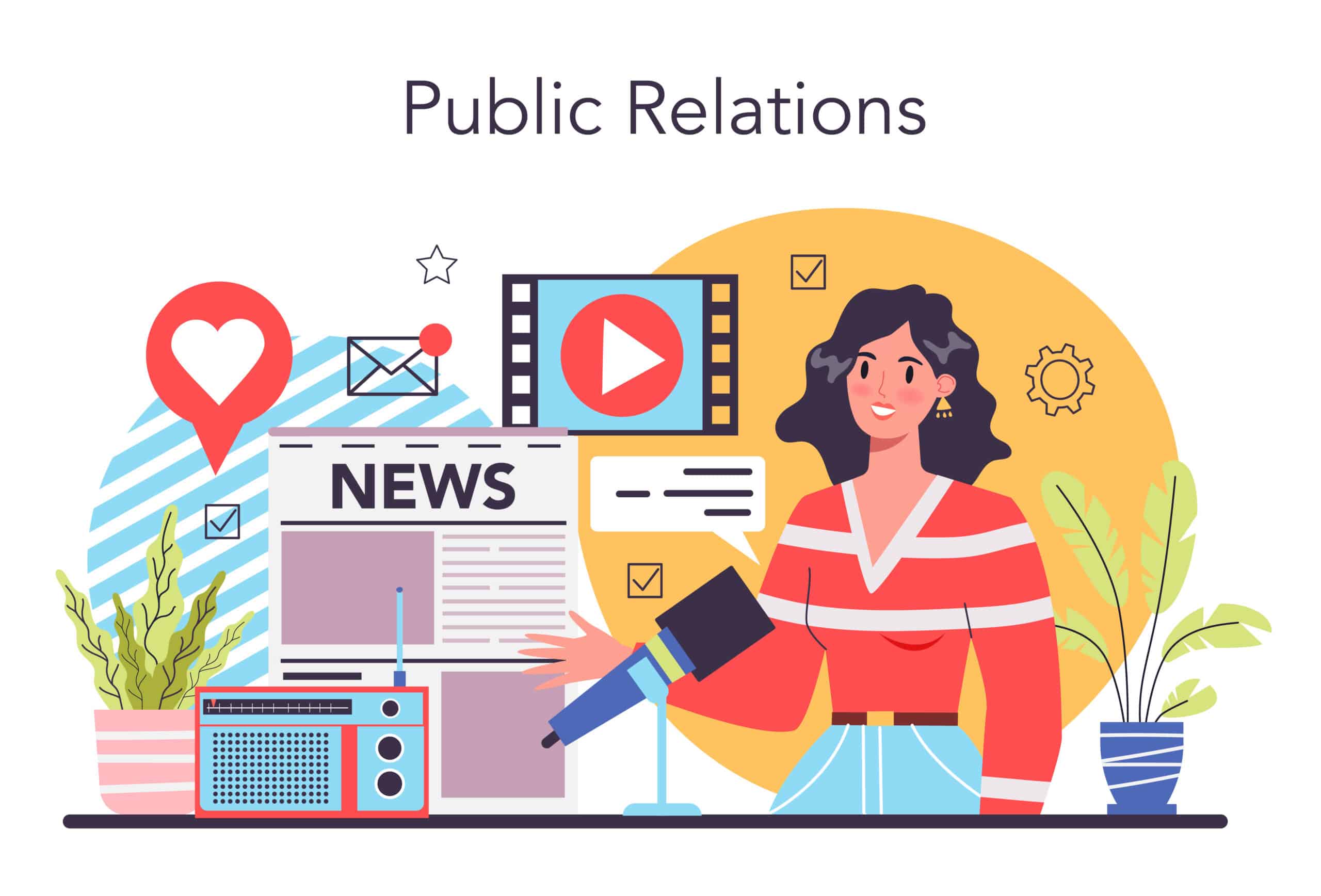
Advertising and PR are two vital cogs in the growth and awareness of any brand. Knowing the difference between advertising and PR can help you choose the right path using your resources most beneficially.
Public relations are earned media, while advertising is paid media. With PR, you persuade journalists or editors to publish a favorable narrative about you, your client, your candidate, your brand, or your issue. This article appears in the editorial portion of the magazine, newspaper, TV station, or website. Your article has more credibility because a dependable third-party independently confirmed it rather than being purchased. Your product or article is placed in the paid media section alongside many other adverts in advertising.
According to a 2014 Nielsen study on the subject, PR is over 90% more effective than advertising: “On average, expert content boosted familiarity 88 percent more than branded material.” When you advertise, you extol or boast about your virtues. With PR, people laud you. Which do you believe to be more efficient?
<insert table>
Numerous studies show that editorial commentary—typically produced by your behind-the-scenes PR professional—carries much more weight than advertising, second only to recommendations from friends and family.
Advertising still adopts a top-down, inside-out communication style. It expresses the opinion of top management on what a consumer or business-to-business customer ought to consider crucial. On the other hand, PR relies on hearing what is being said and comprehending the who, what, when, where, why, and how of participating in the conversation. Public relations professionals are excellent storytellers who frequently highlight a perceived issue and their client’s distinctive solution.
Most articles you read or see in the media have been “gift-wrapped” or come from public relations firms. Before being delivered to reporters, these tales were written, tested, practiced, and developed by publicists, staffers, speech writers, or corporate experts. The reporters then digested the information, rejected certain claims, accepted others, and decided to produce a new product.
The majority of journalists work at desks. There are fewer journalists working today than 20 years ago due to the decline in newspaper and magazine readership and the decline in cable TV news viewers brought on by the Internet. As a result, many journalists rely on sources in tech companies, government agencies, industry spokespeople, or citizen groups to give them information rather than “beating the bush” by calling sources, visiting government agencies and factories, and researching stories the old-fashioned way. More than ever, journalists must produce articles quickly, and many lack the funds or the time to travel.
What is Advertising:
Advertising means informing, influencing, and motivating the target audience to respond as the advertiser wants them to. Advertising is defined as a paid, one-way public communication that draws towards a product, service, company, or other through various communication channels.
Print ads, radio or television ads, billboards, flyers, commercials, online banner ads, and direct mail are all forms of advertising. The decision of what, how, and when the advertisement is broadcast or published belongs solely to the advertiser. The advertisement will also run for as long as the advertiser’s budget permits.
Advertising is a crucial marketing strategy. Thus, whether or not consumers are aware of it is always present. Every medium is used in advertising to reach the intended demographic.
What is Public Relations:
Public relations is a tactical communication technique that fosters favorable relationships for the business through various media. By telling or showcasing the company’s products or services in the form of highlighted stories or articles in print or broadcast media, businesses can enhance their public perception and reputation. By primarily utilizing media exposure and coverage, it seeks to establish a relationship based on trust between the brand and its target audience.
Public relations can be considered unpaid advertising that a business receives in exchange for its goodwill, word of mouth, etc. Publicity, social media, press releases, press conferences, interviews, crisis management, highlighted articles, speeches, and news releases are some of the strategies employed in public relations.
Key Differences between Public relations and advertising:
These factors make it easy to distinguish between public relations and advertising:
- Using mostly paid announcements, advertising is a technique for bringing attention to goods or services. Public relations is a strategic communication technique to establish a positive working relationship between an organization and its target audience.
- Public relations is an earned media, whereas advertising is a purchased or paid media.
- Advertising is a one-sided endeavor. In contrast, public relations is a two-way communication process in which the business engages with the public and listens to its concerns.
- Advertising promotes goods or services to persuade the target market to purchase. Public relations, on the other hand, tries to keep the company’s reputation in the media good.
- In advertising, the advertiser has complete control over the ad, including the timing, format, and content shown to the public. In PR, the business can propose the story but has no control over how the media utilizes or doesn’t use it.
- In advertising, the location of the advertisement is assured; in public relations, there is no such placement guarantee.
- The advertisement will be printed or broadcast if you’re willing to pay for it. In contrast, there is no guarantee of story placement through PR.
- Public relations has a higher level of credibility than advertising because customers who are familiar with advertising are less likely to trust things at face value and are, therefore, more skeptical, unlike Public Relations, where the credibility is increased by outside validation.

